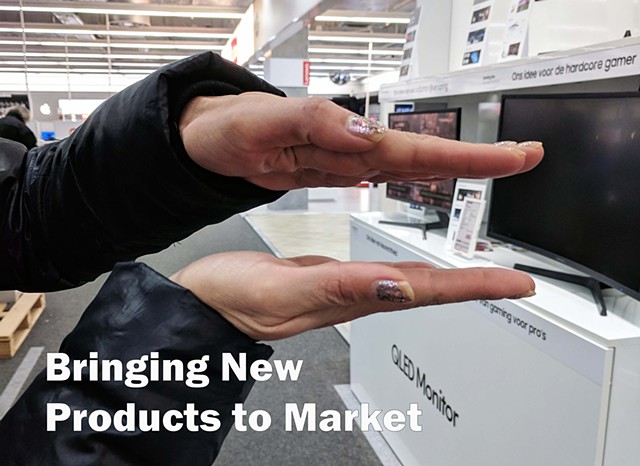Design Research Portfolio
Challenge: Technology device manufacturers are interested in evaluating a few concepts to decide which if any should be brought to market. It is costly to manufacture even simple prototypes, so stakeholders need directional data to quickly assess viability.
Process: 1.Secondary research for similar usages was collected to establish market landscapes, key theories and concepts. Several lo-fi prototypes are created quickly from foam core to get devices into human hands to assess appeal and potential usages. 2.Viable usages and concepts are collaboratively defined in cross-functional teams and these ideas are evaluated in a survey, multi-geo, to early adopters focusing on users aligned to potential concept usages. 3.1-1 interviews are conducted with usage task components using lo-fi prototypes to evaluate appeal and collect usage feedback and analyze where concept might fit in a users life. 4.Concept is evaluated in focus group workshops to collect both usages and design considerations and generate further ideas.
5.Concept is further refined based on feedback from all data sources.
Promising concepts go through several iterations of the above methodologies until deemed a viable product and given a road map or abandoned.
Outcome: Collaborating closely with cross-functional teams allowed iterations of concepts to move quickly through several research methodologies and resulted in a minimum viable product from a generated list of 20 ideas. That product is in the market today.
My Role: As lead researcher, I drove innovation using data-driven storytelling. I designed and conducted each iterative rounds of research by maintaining creative relationships with stakeholders, synthesizing data points, constructing product story lines and maintaining a customer focused product development lifecycle.
